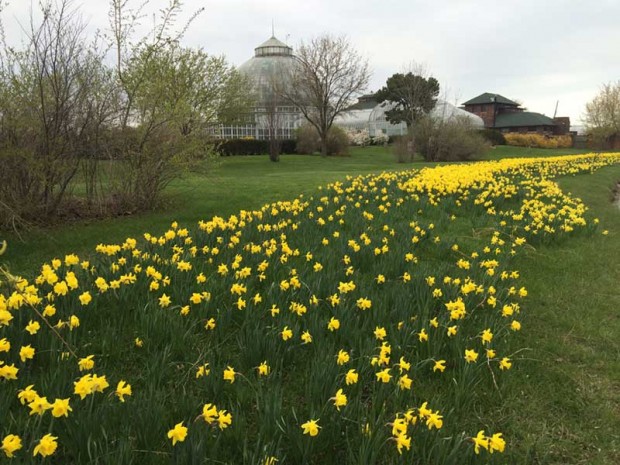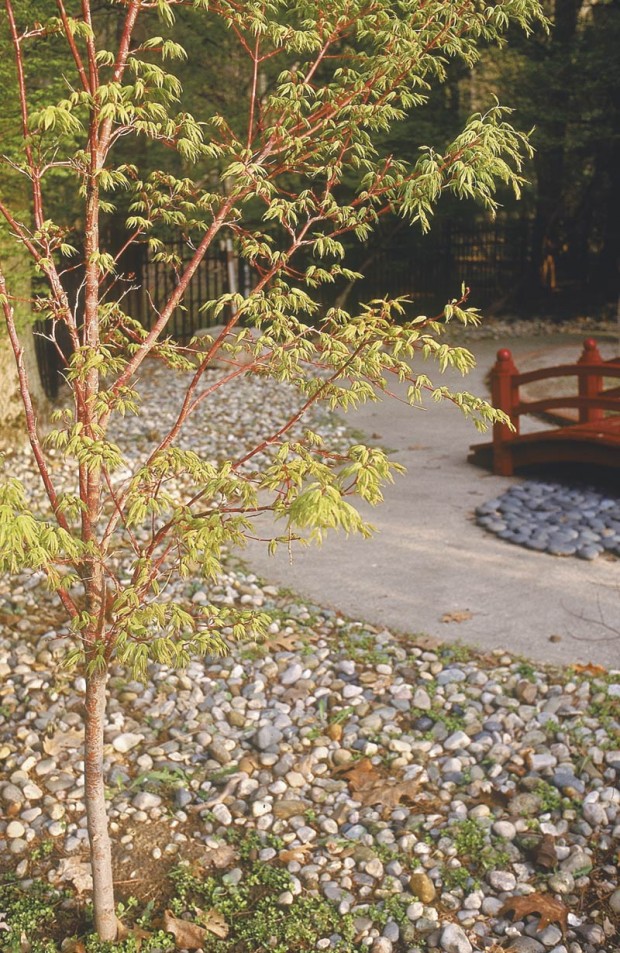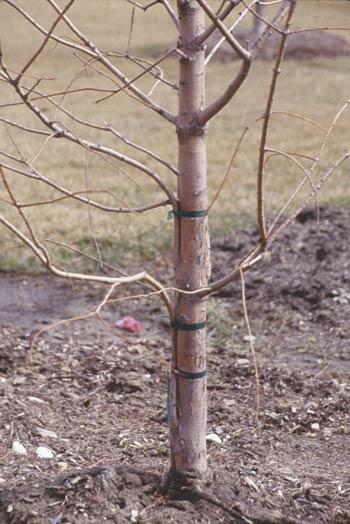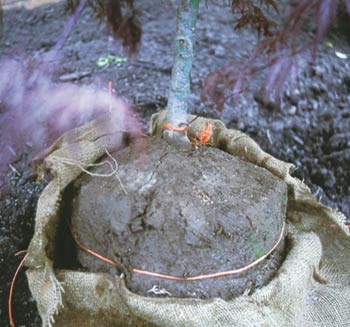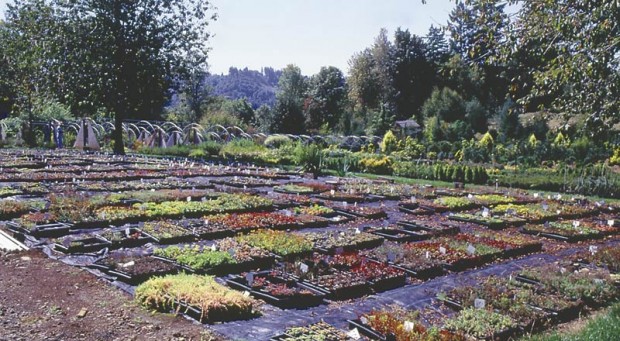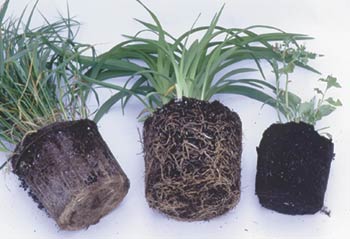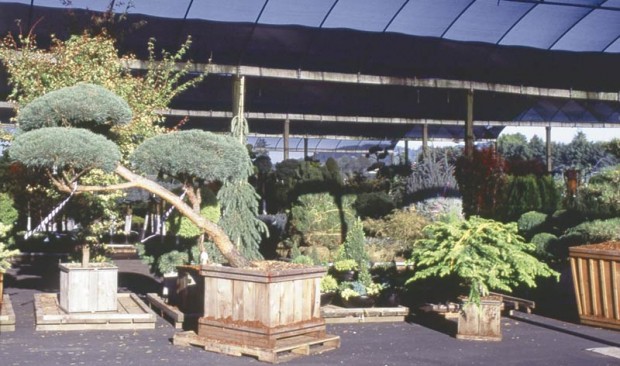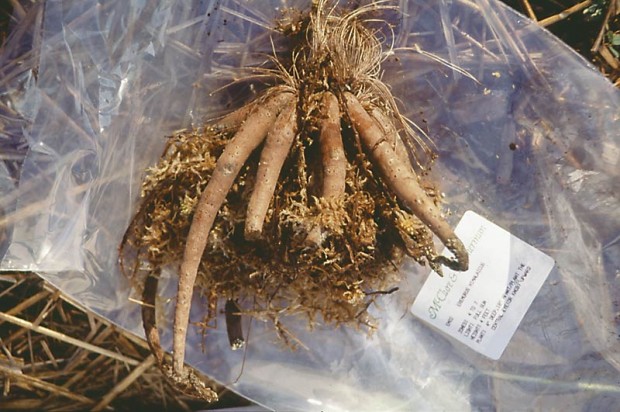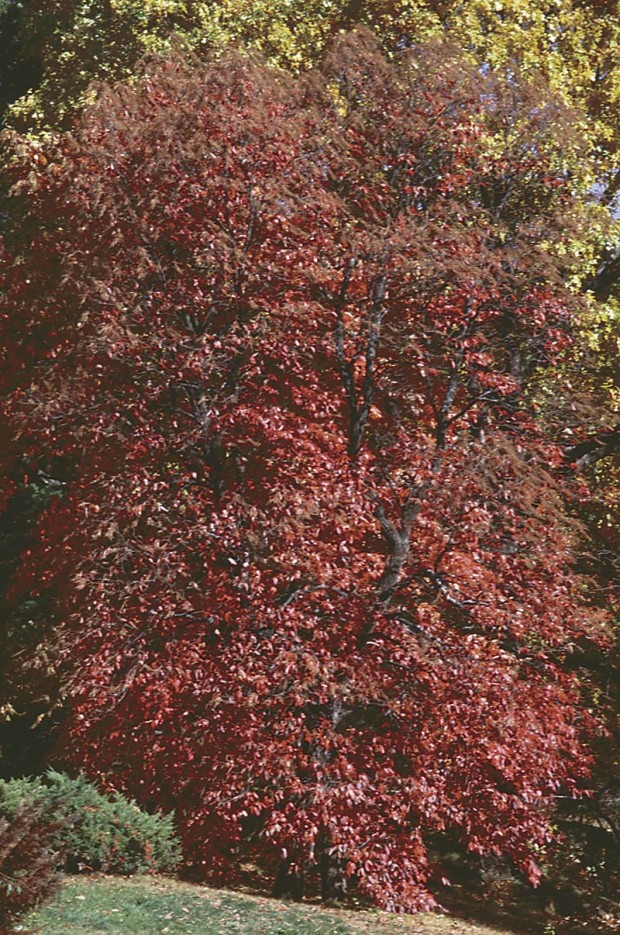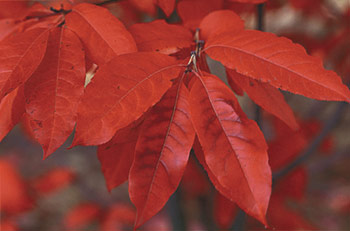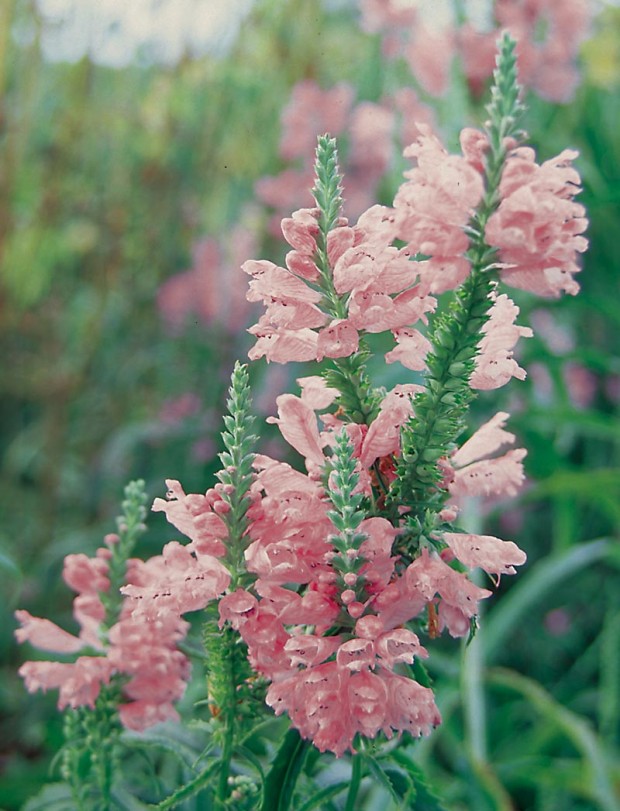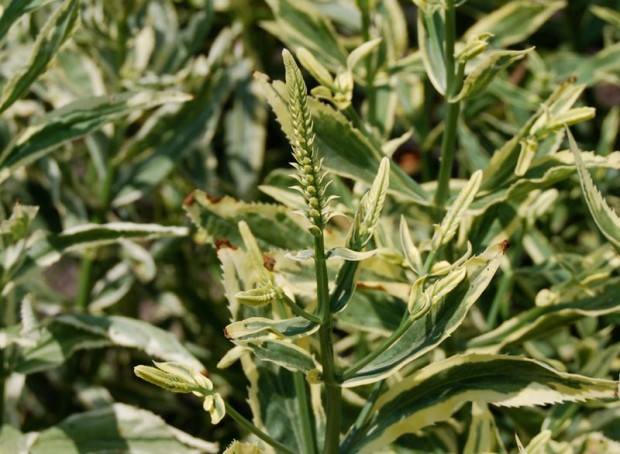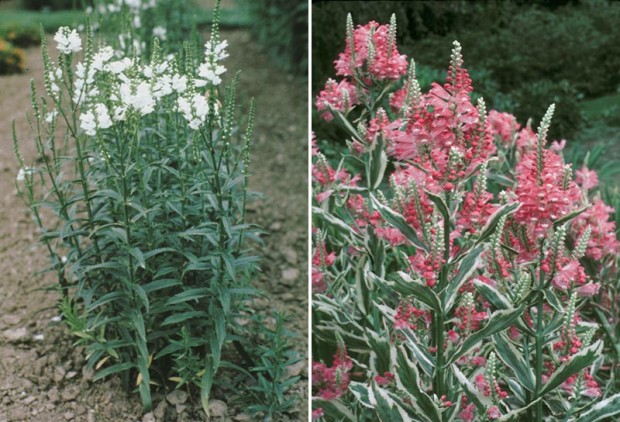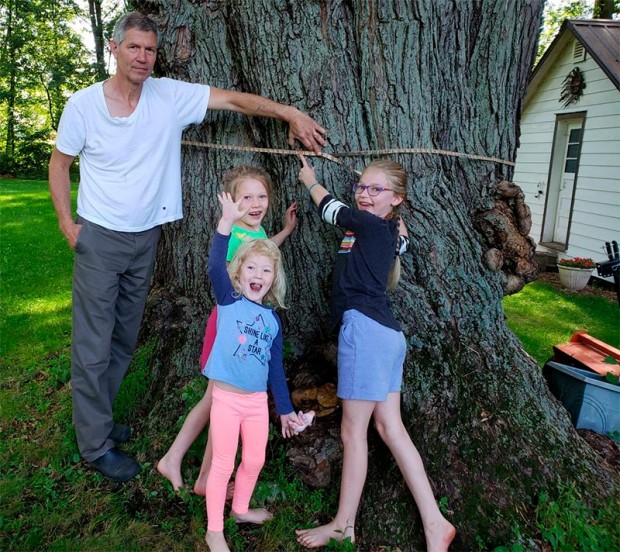I picked and planted seeds in a pot from a pasque flower (Pulsatilla vulgaris) this summer. They are growing and are about 3 inches tall now. How do I keep them alive over the winter. Do I plant them in the garden or keep them in the pot in the house?
Michigan is well into fall now and winter is right around the corner. That means your pasque flower seedlings won’t have enough time to establish themselves in the garden soil before a hard freeze. It would be best to maintain this as a houseplant through the winter. In his book Herbaceous Perennial Plants, Allan Armitage recommends that propagation by fresh seed is the best. Pasque flower seeds go dormant soon after maturity. This means the seed you picked could have been directly planted in the garden, giving it time to establish a viable root system to carry it through the winter. Pasque flower, in general, does not transplant well. Established plants can be carefully divided, but there are no guarantees.
So enjoy your pasque flower this winter as a houseplant. You can gather seed and continue the chain of propagation with new seedlings that can mature and produce seed in time for next spring when you can directly sow them in frost-free soil. They love full sun and good drainage. They are excellent rock garden candidates, and thrive in moderate summer temperatures and low humidity.



